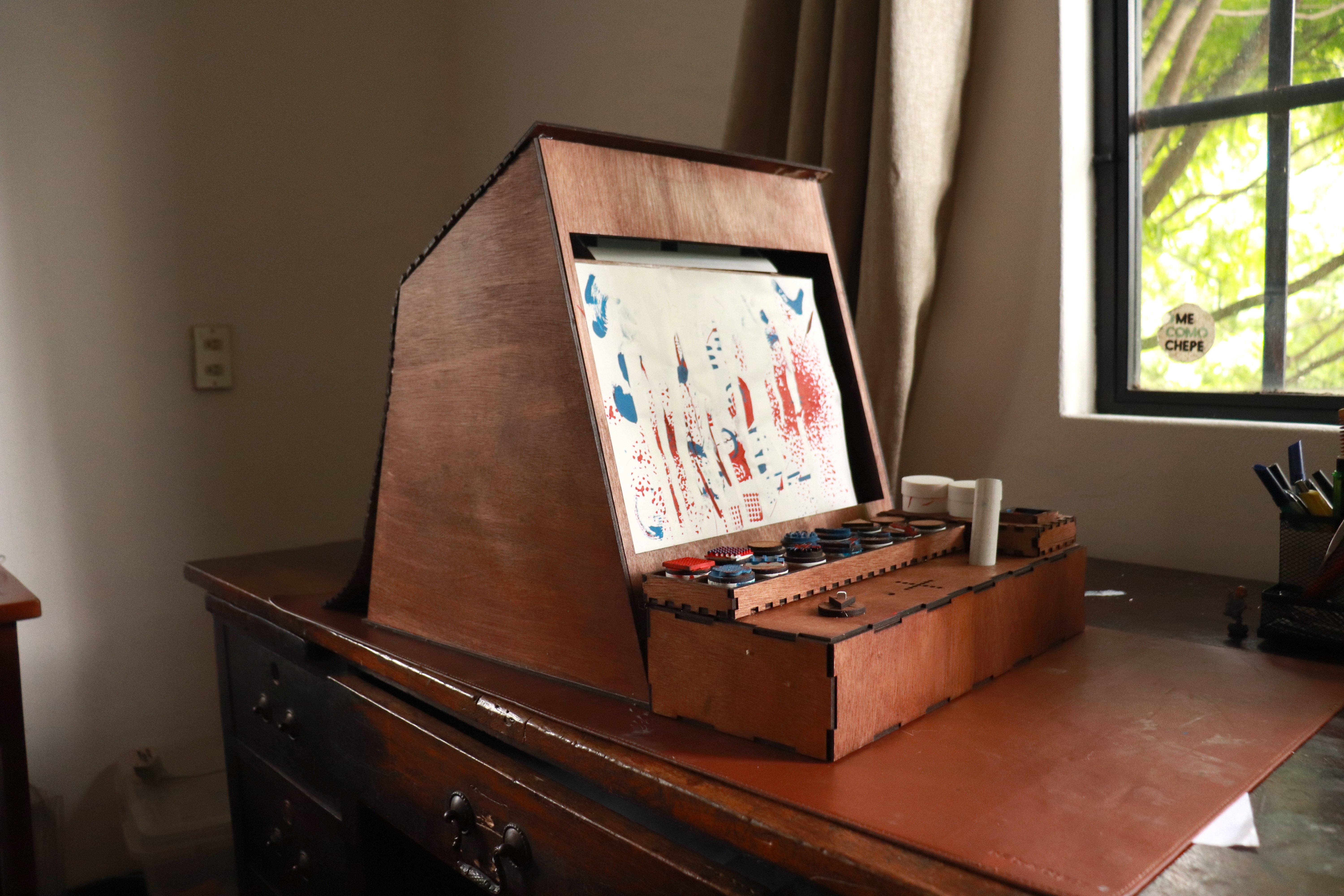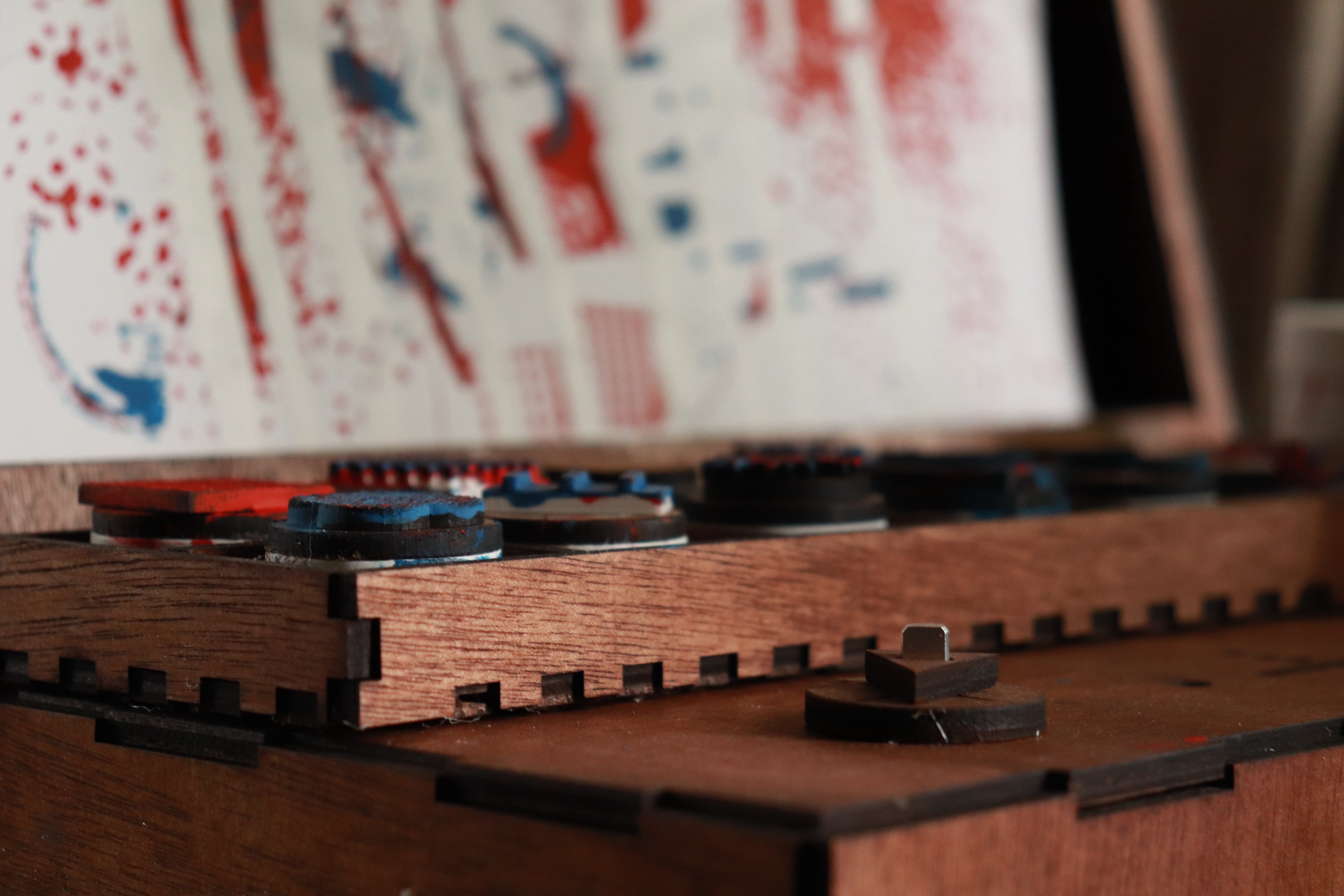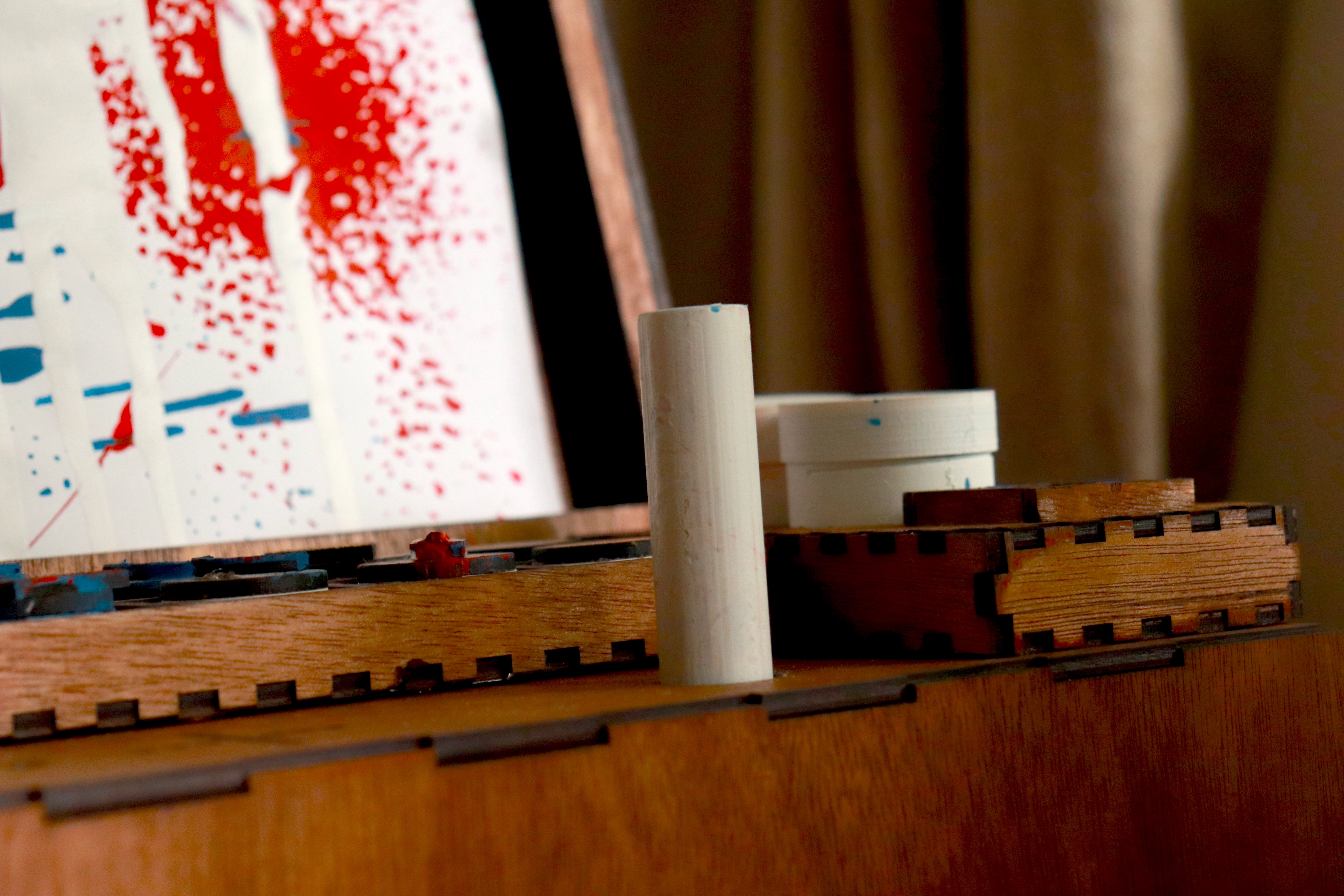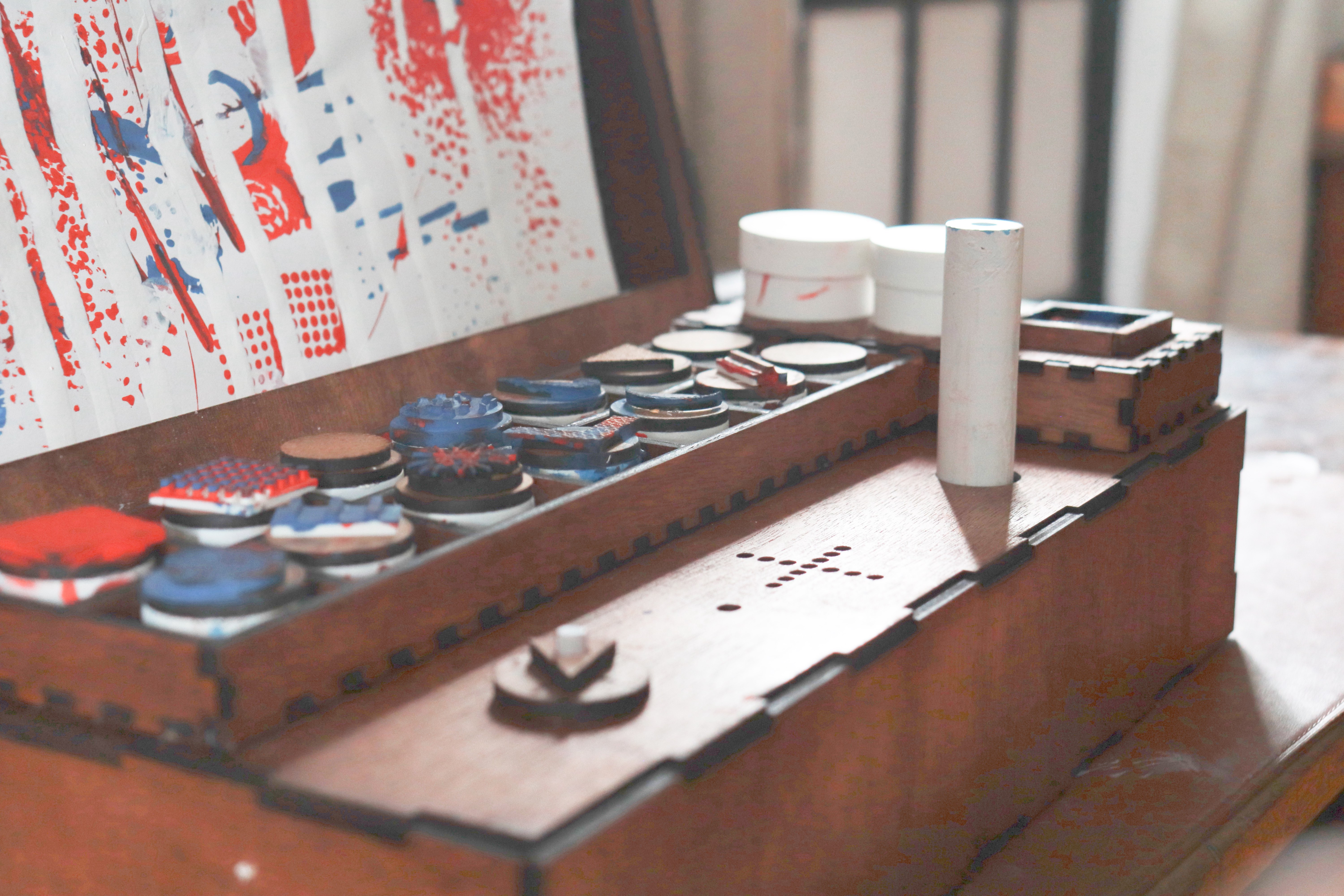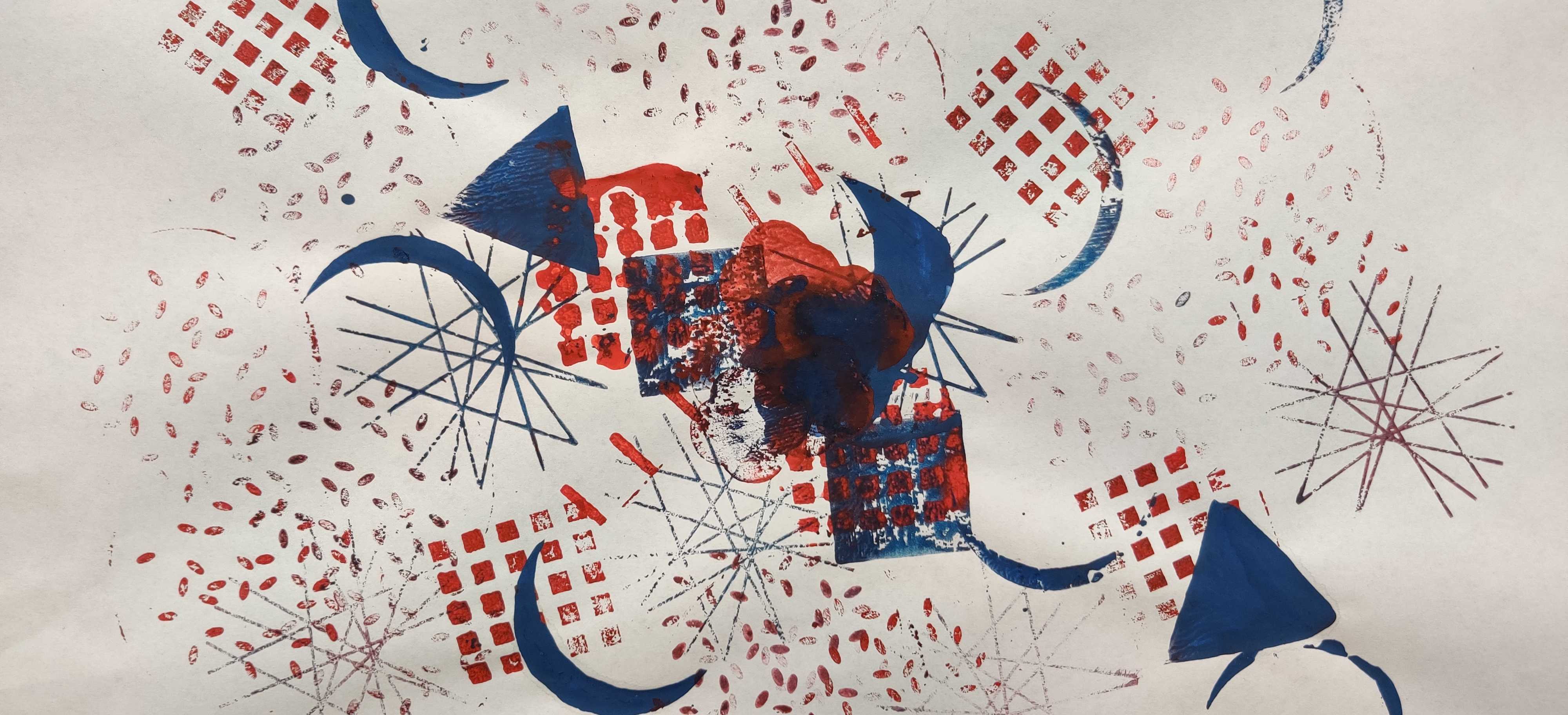

Shunya came about from one fundamental question I asked at the start of the project
What does prayer look like today?
For the project’s research, I had to keep in mind the various beliefs that people hold - the divide of belief between each person was not as simple as religious / atheist
The interviews were going just fine, but there was a certain emptiness to directly arriving at the things I wanted to talk about.
The conversation had to “bubble up” the things I was interested in talking about.
Controlled chaos of conversation.
The best way to go about it was to go through the interviewee’s work and projects - they were sure to be interesting since I was interviewing authors, researchers, and artists.
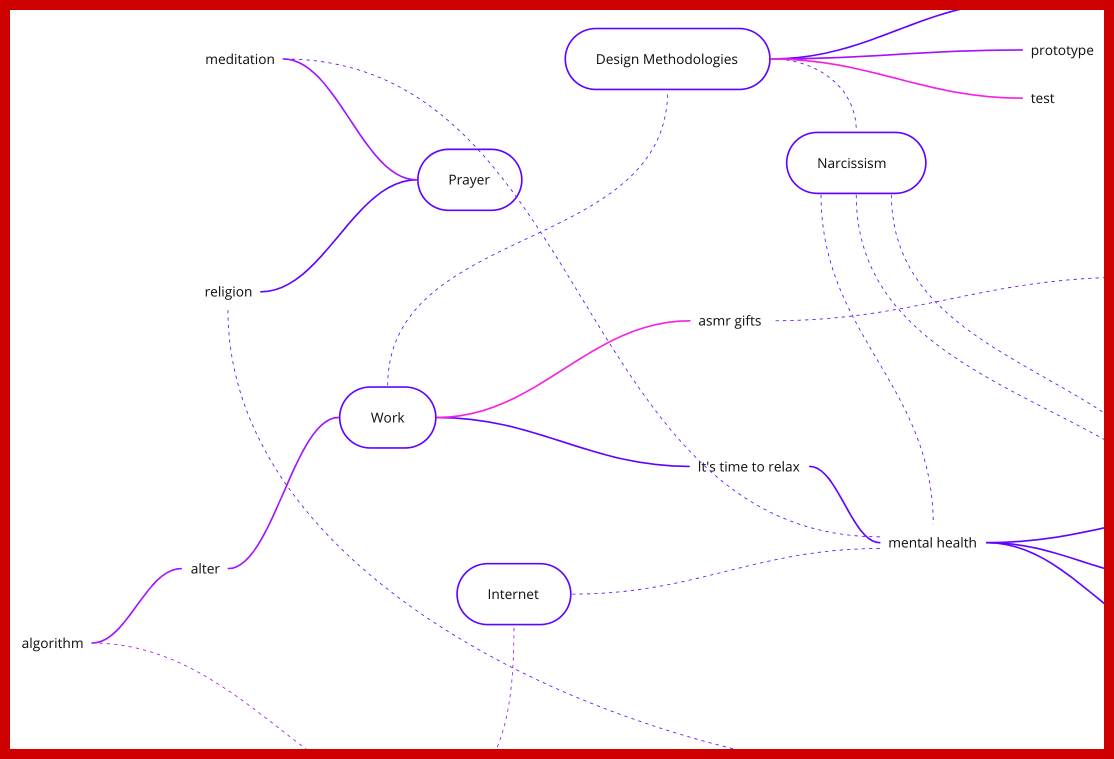
There was a definite relation in people’s minds to meditation and mindfulness as related to prayer and spirituality.
At this stage, I had to suspend judgement on whether I believed it to be so - instead I went deeper into what meditation was about.
Meditation has its major root in eastern philosophy - the concept of emptiness “shunyata”
From this core inference - I had 3 main insights :
1. Most mainstream meditation education focuses on single modal input - listen and do
2. Not-Thinking as an aim is very counter-intuitive
3. Technology is a numbing agent as well as an activating agent
Something more to center me through the process of building the prototype was writing an essay first. The prototype would be the essay

With such a high-concept domain, I needed to take a framework for ideas that could distill concepts to actionable interactions - the Verplank Framework
For the metaphor, I chose something that has roots in the meditation and the eastern tradition - the practice of the sand mandala
The sand mandala is unique in that the design of the practice incorporates ephemerality into itself.
I also took inspiration from the phasic nature of the practice - and drove the ideation sessions in the same line

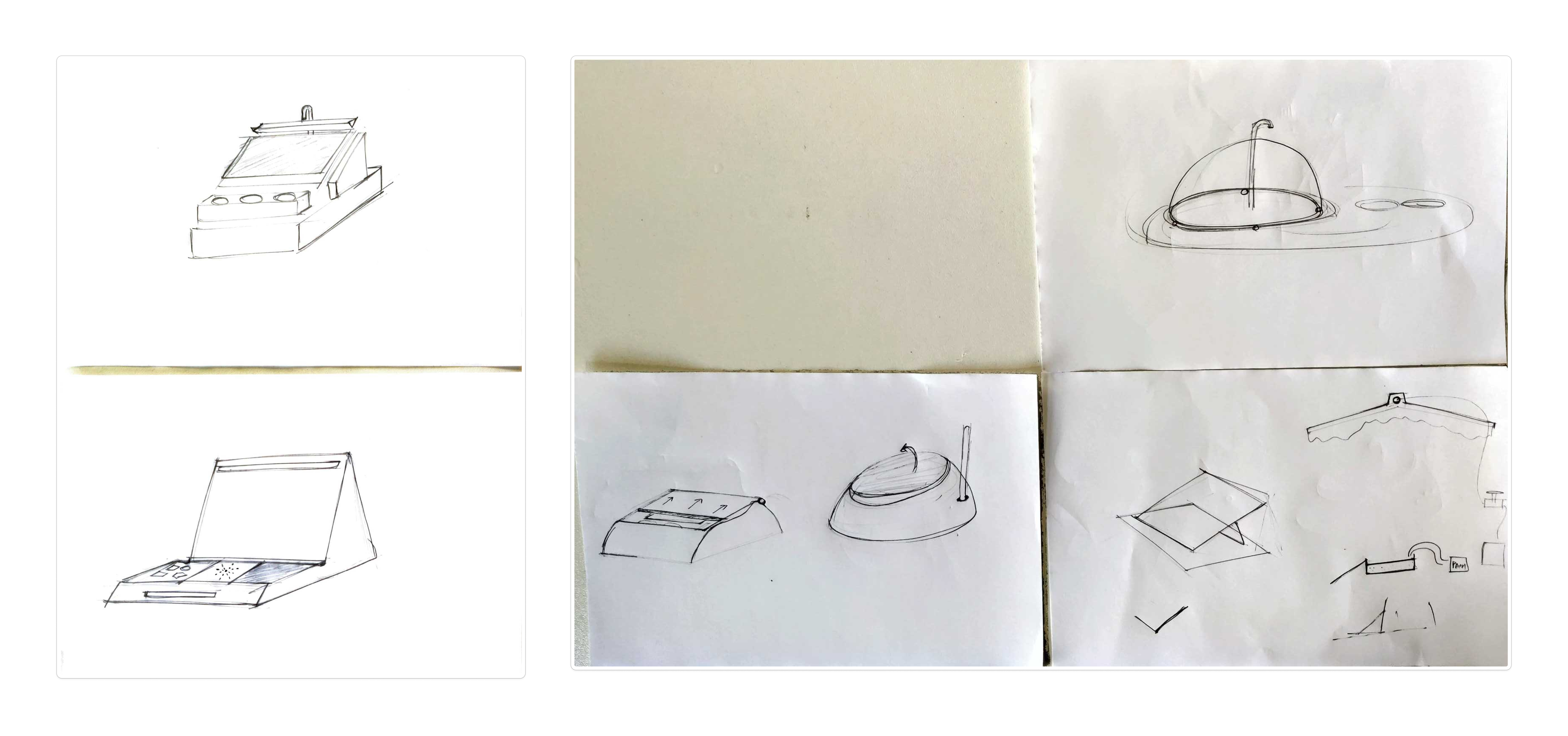
Intitial Product Sketches
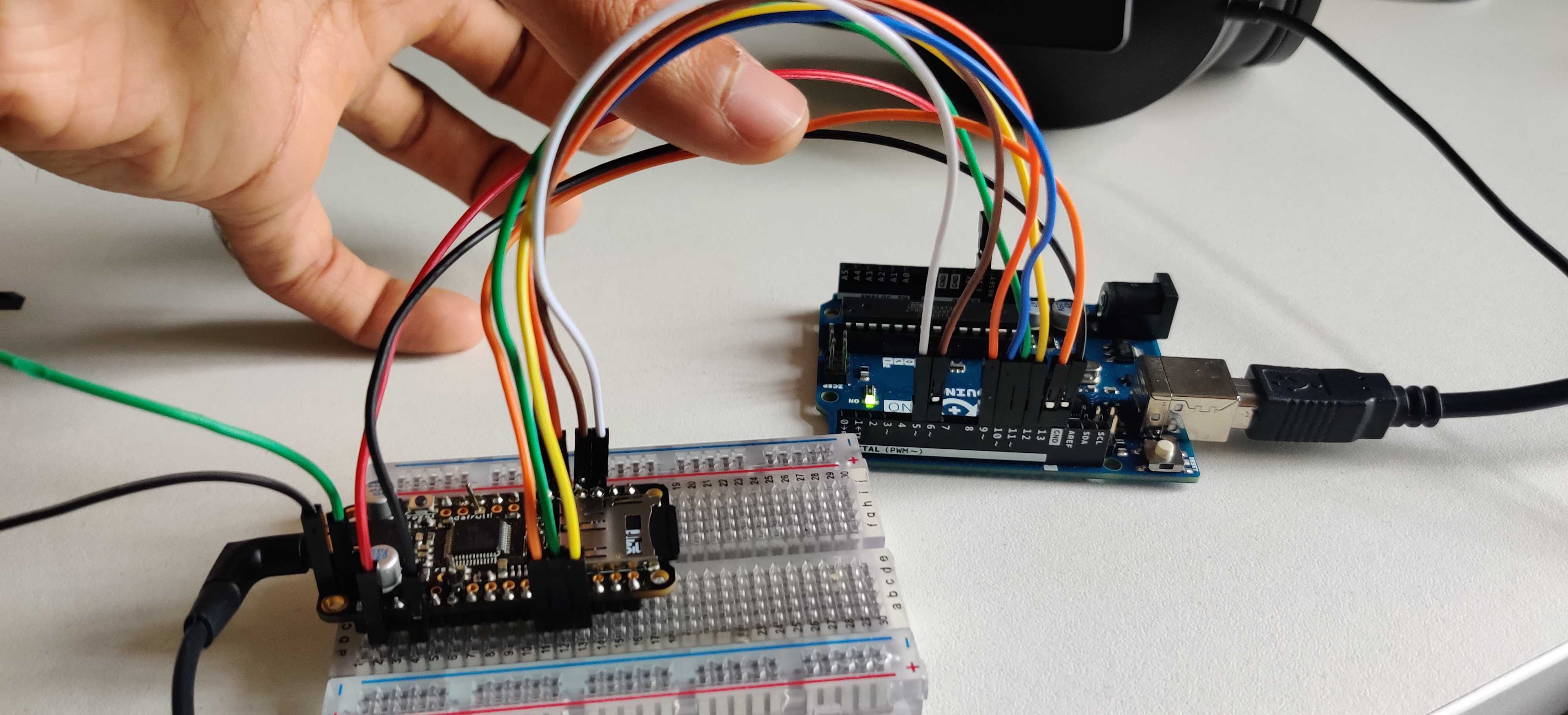
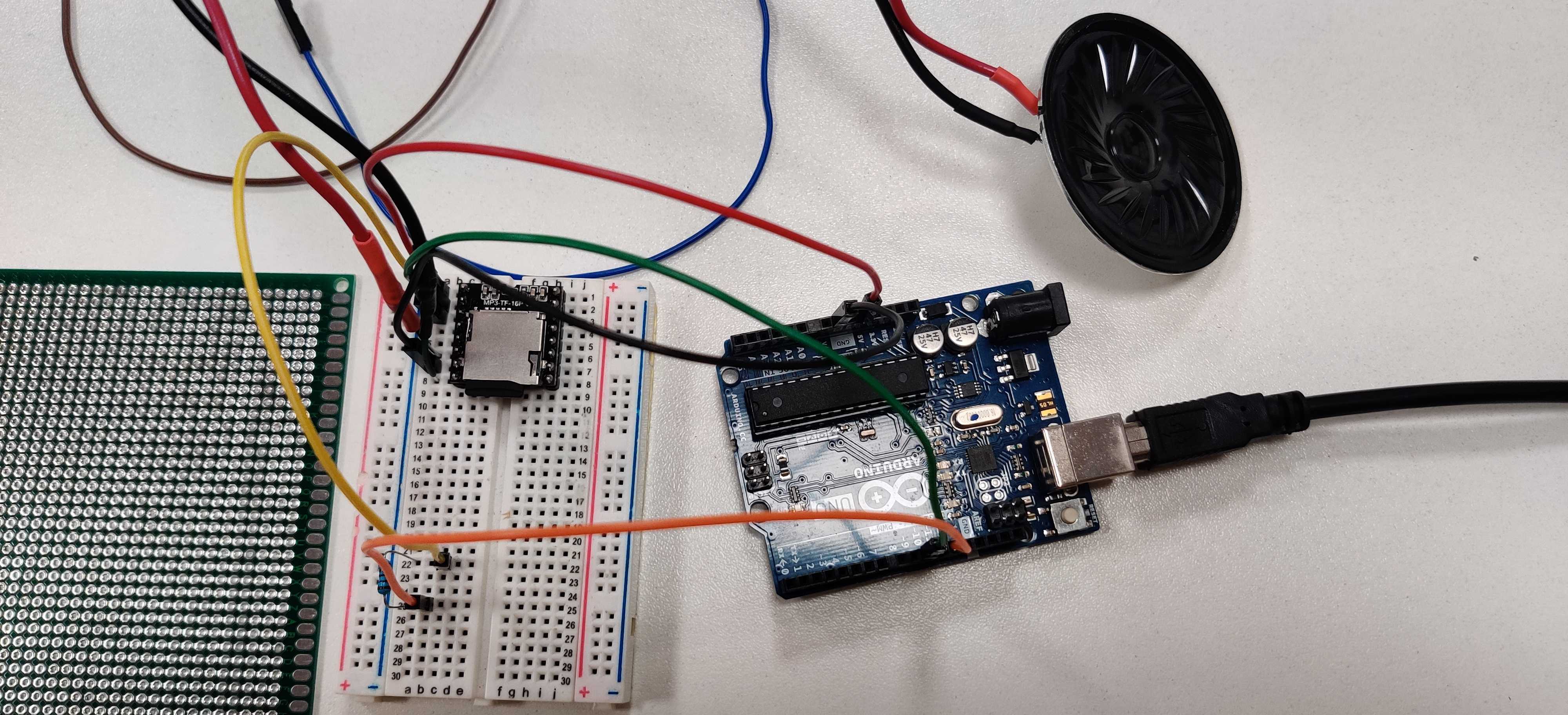
MP3 Player Testing with Aruduino
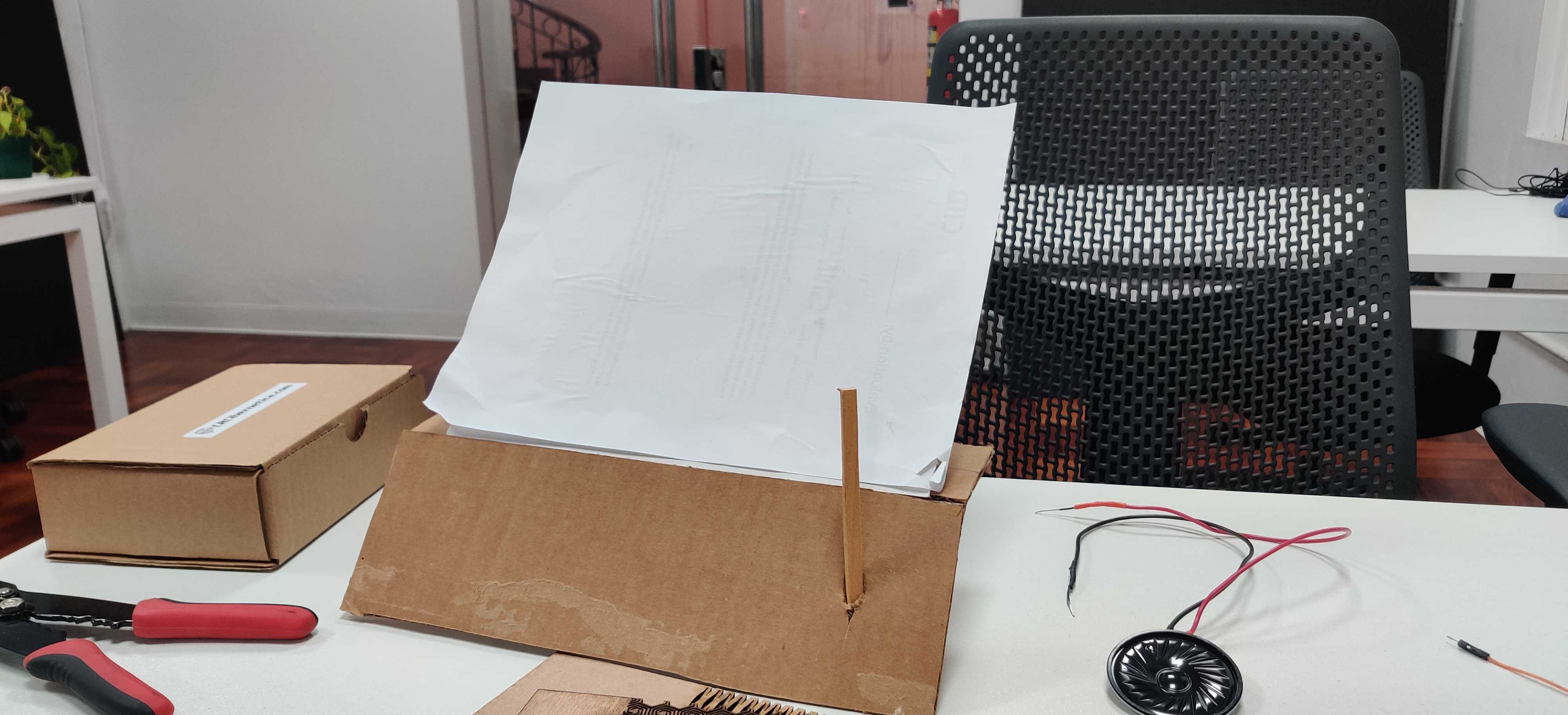
Carboard Prototype for Sizing
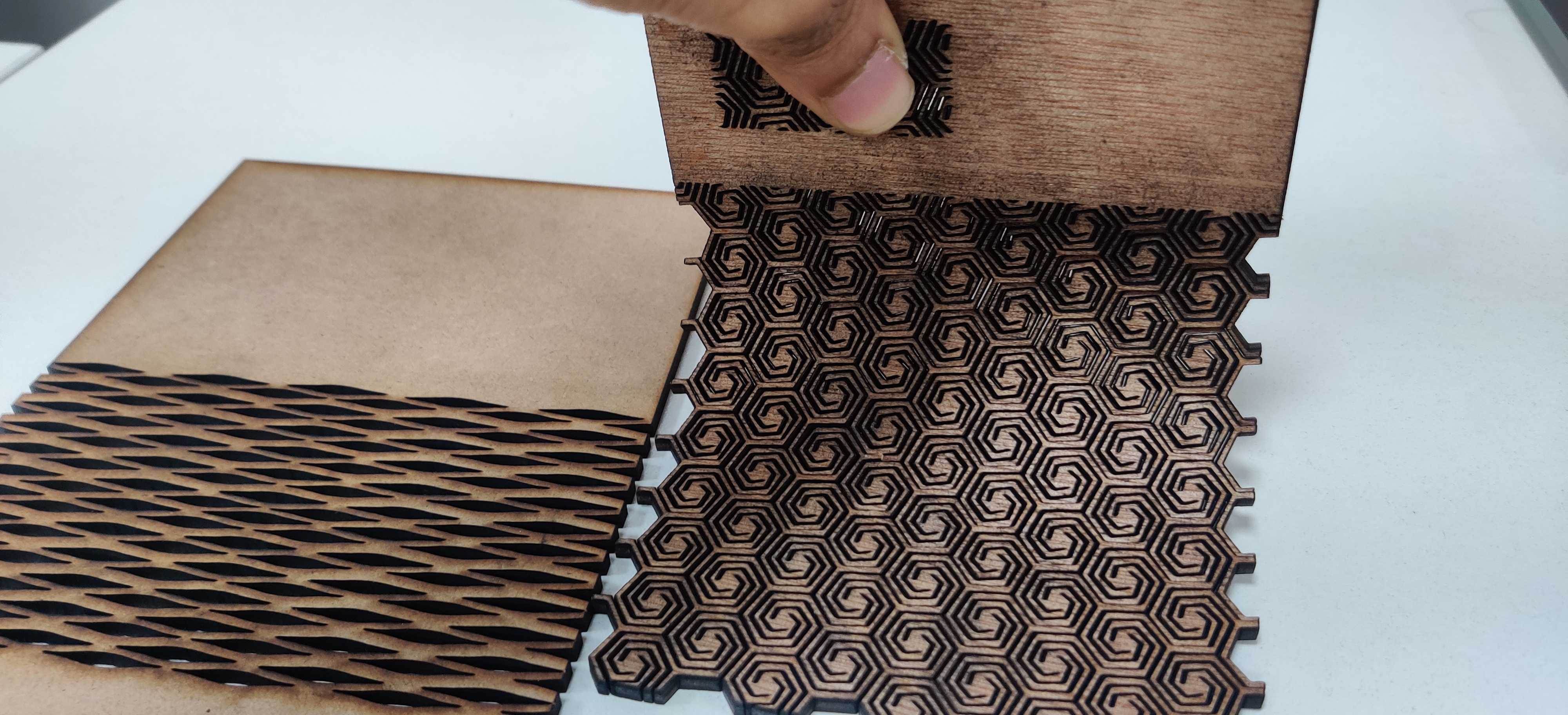
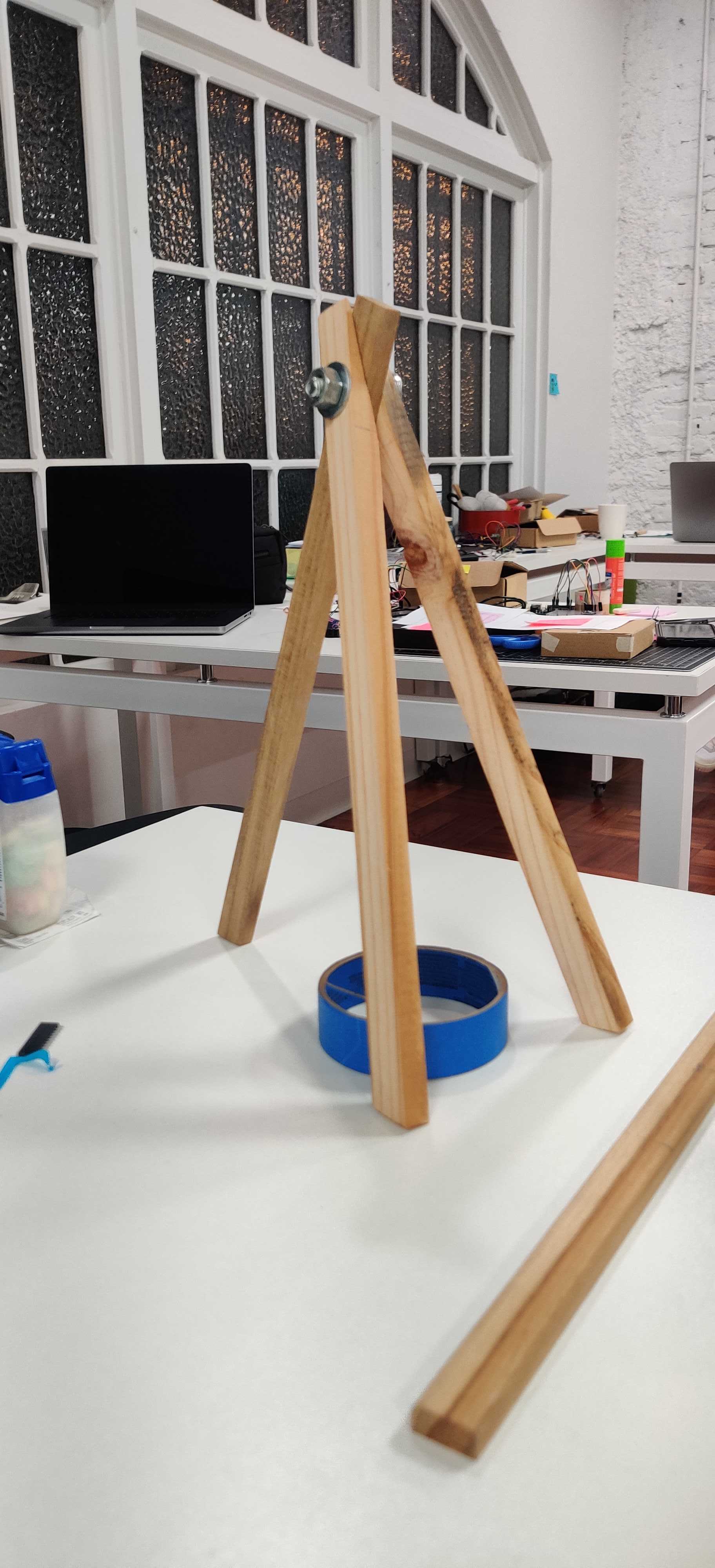
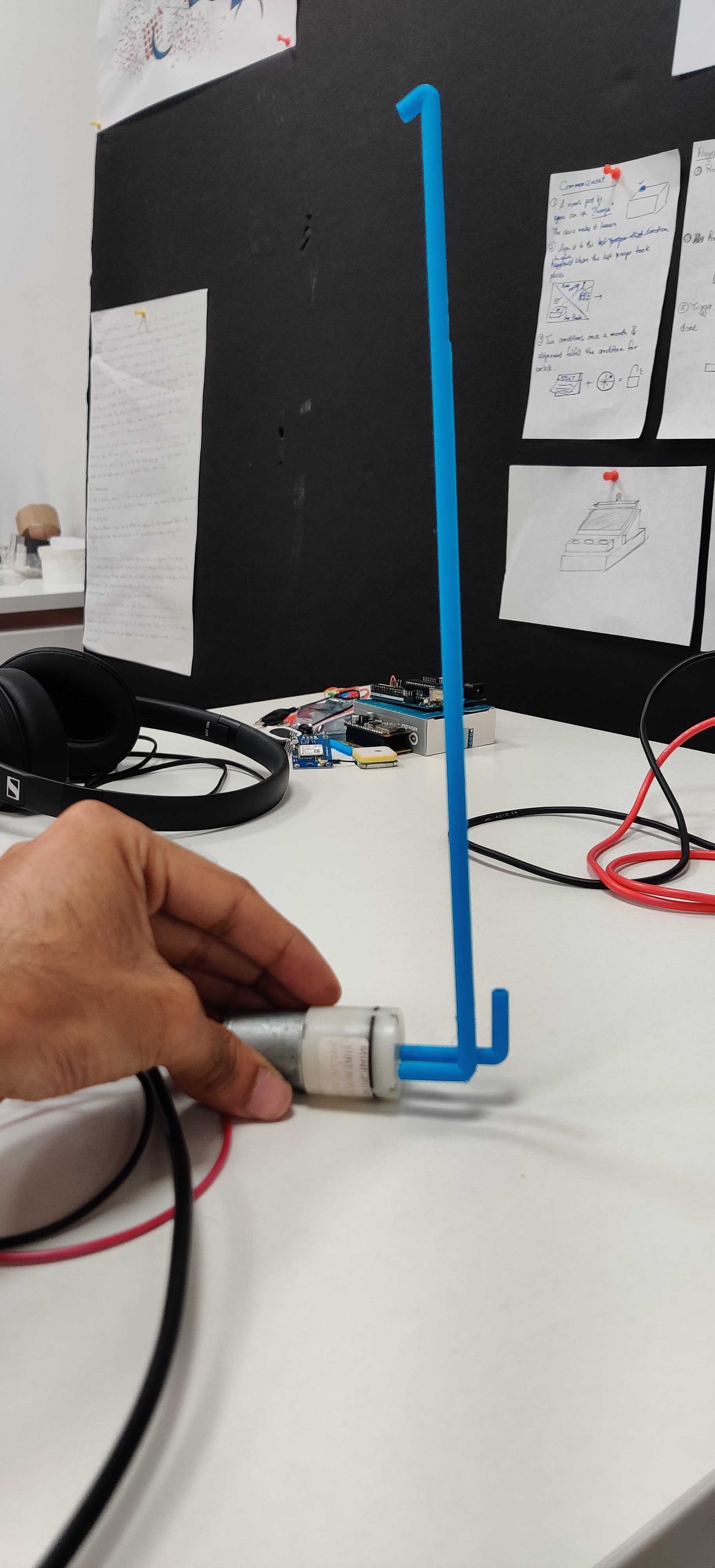
Materials, Cut Method and Internal Structure Testing
Phase One – Commencement
The prayer begins by aligning the compass in the direction of someone who last used their Shunya prior to the present. It is followed by a prompt written by the creator of Shunya.
Phase Two – Prayer
The prayer phase is a creative act. The person is prompted to pause, reflect and put onto a canvas what they believe is happening inside. Something to drive this synaesthesia is music - music is played so that the friction between intent and action is taken away
Phase Three – Destruction
This phase destroys the creative act – a fractal reflection of what happens in one’s own life. White paint is automatically poured over the canvas covering the piece they have just created. It is encouraged that the same "destroyed" canvas is used to paint over the earlier cycle after a month - Shunya can only be used once a month
